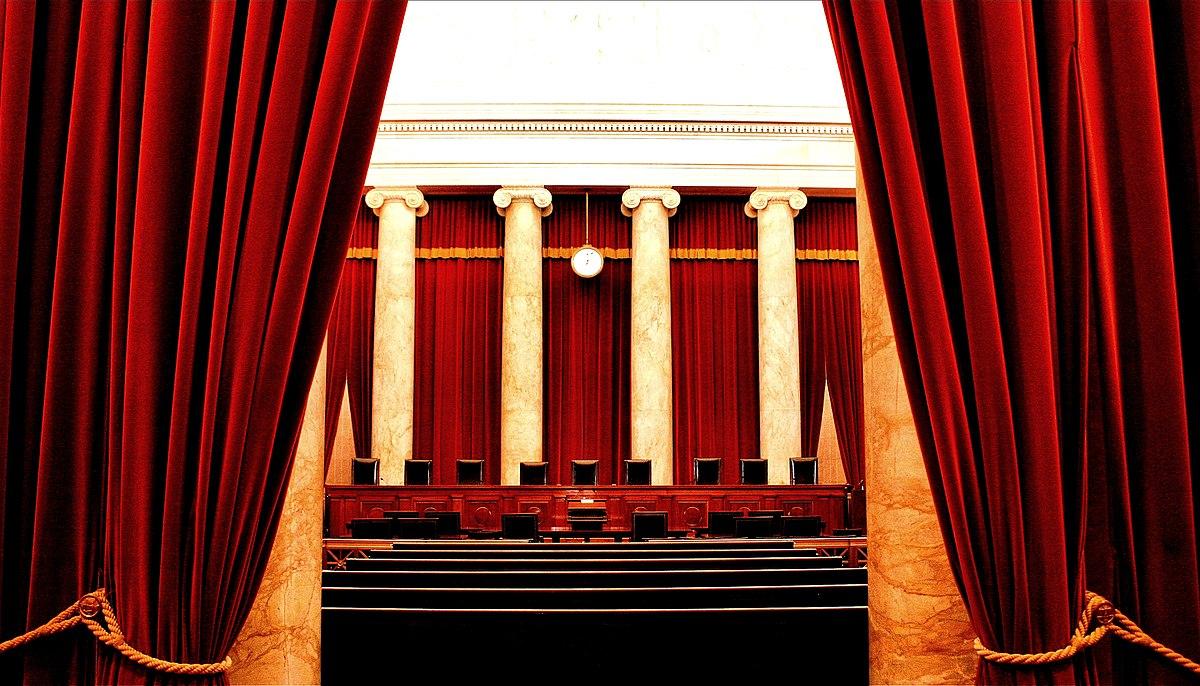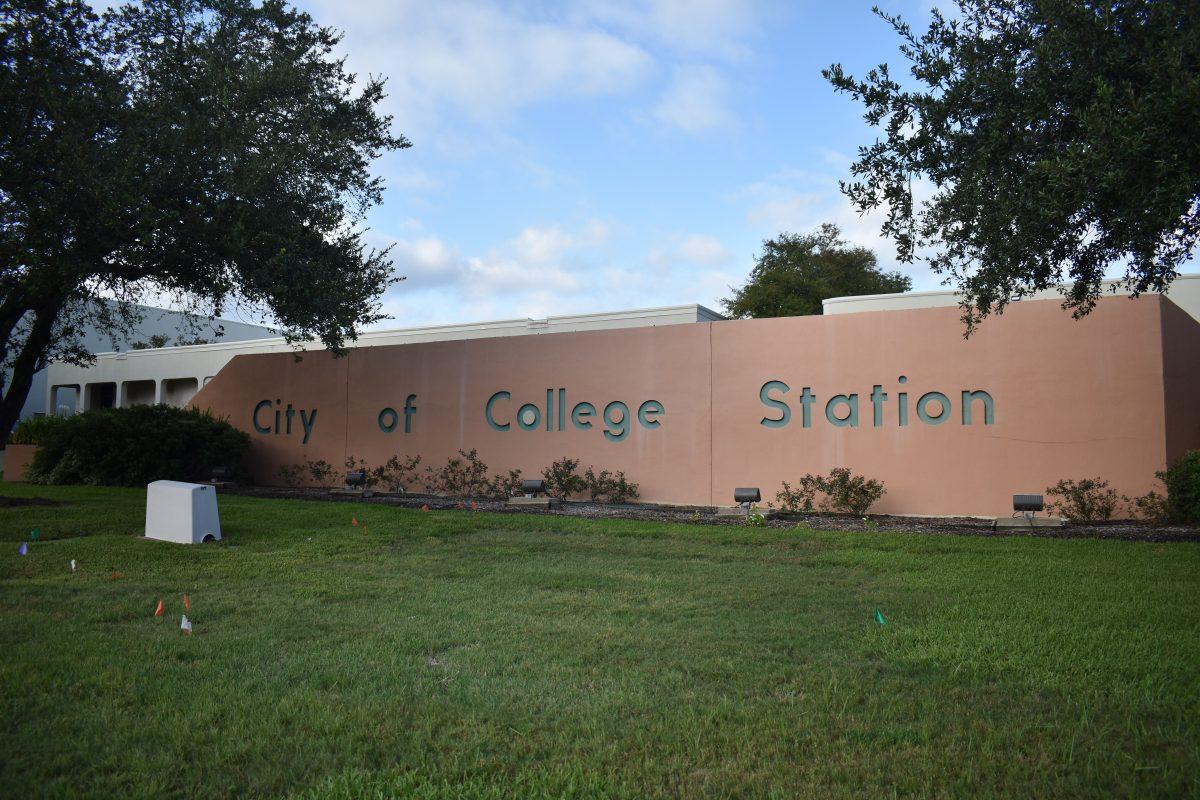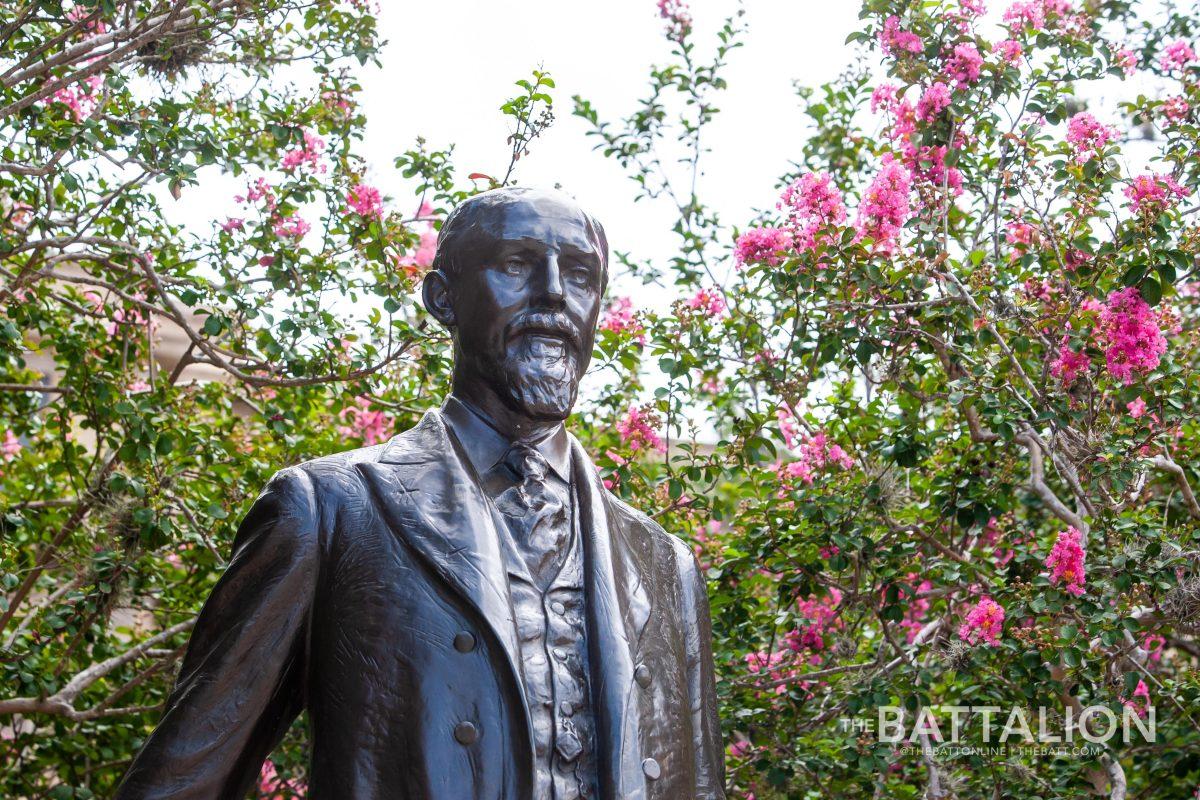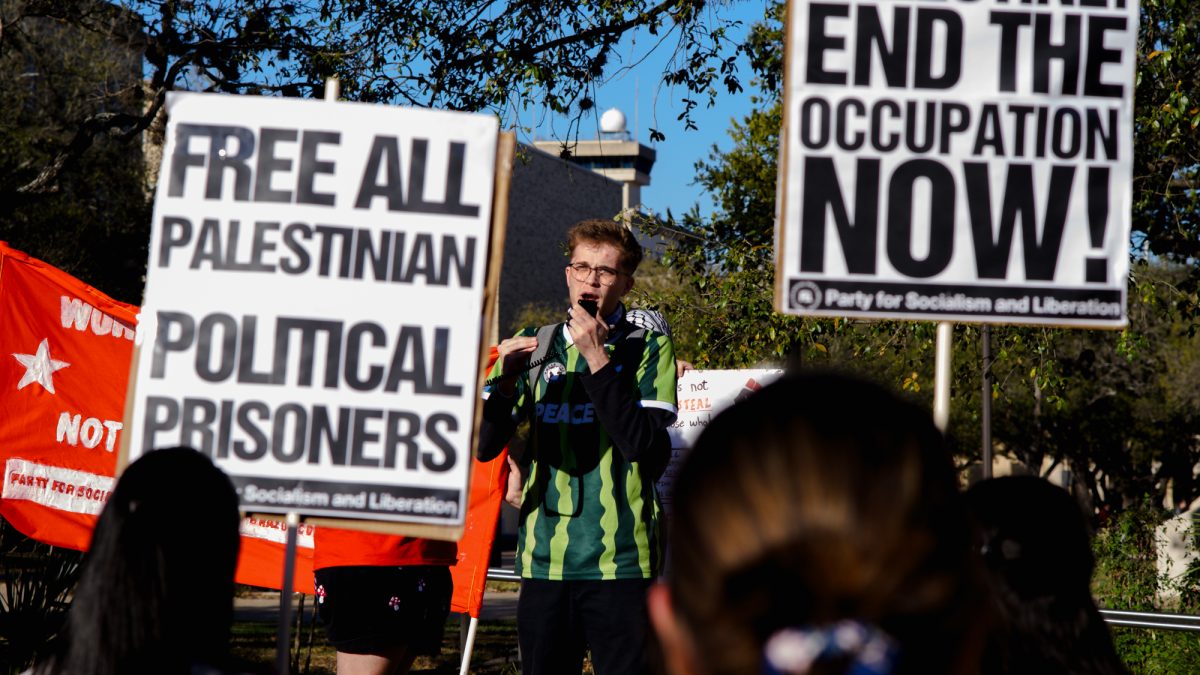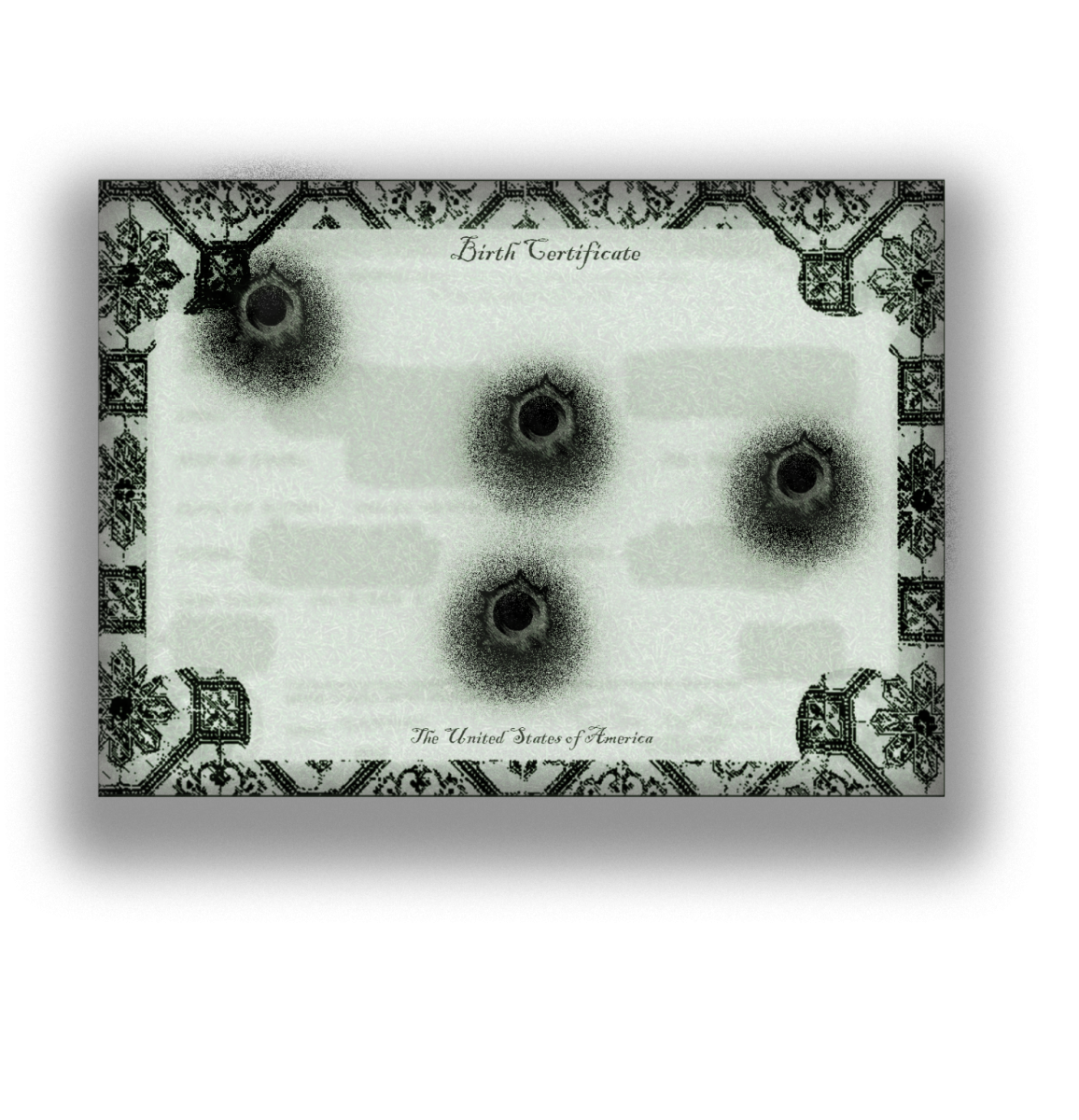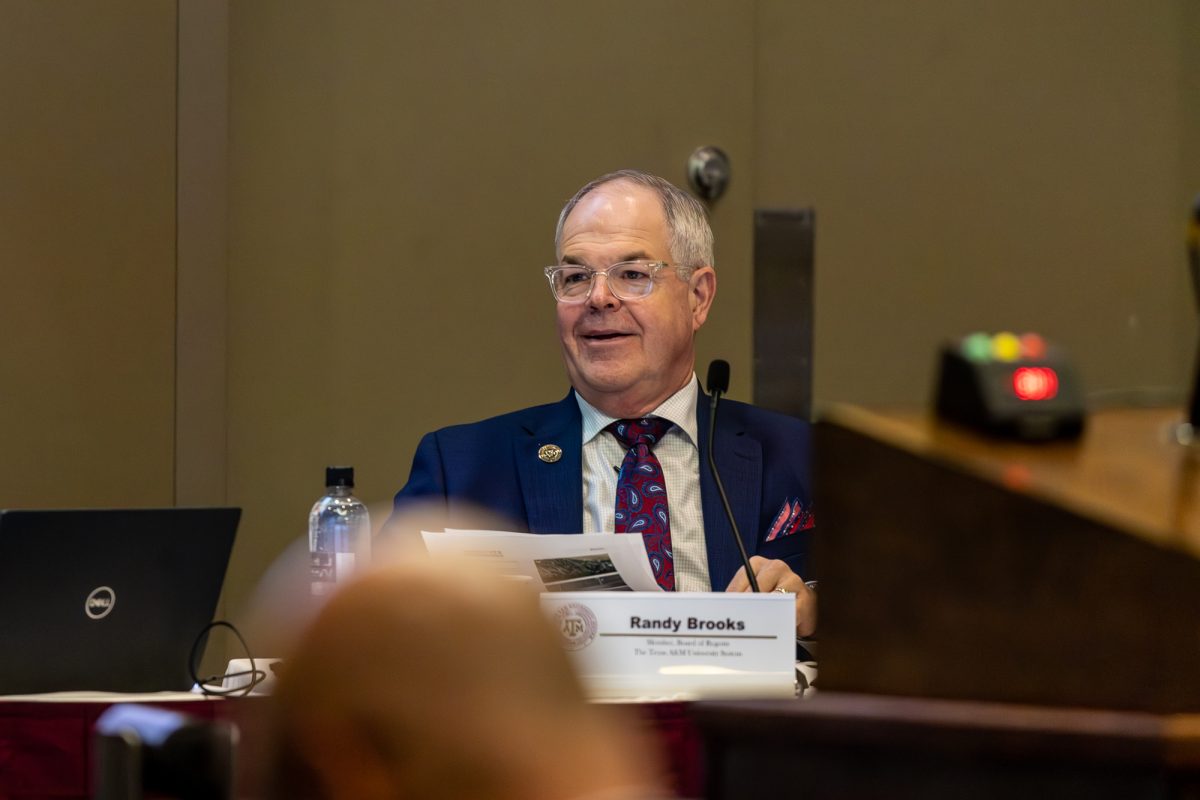Gary Frankel is a society, ethics and law senior and the Chairman of the Texas A&M College Republicans.
To the editor,
RE: “The death of a secular state“
On July 12, The Battalion posted an op-ed concerning Espinoza v. Montana Department of Revenue, with the central argument being that the Supreme Court ruled the case incorrectly. The 5-4 majority, with the opinion written by Chief Justice John Roberts, ruled that to exclude religious institutions from a broadly available government program is unconstitutional. The article then expressed concern that more decisions like Espinoza could lead to “the death of the secular state” through the revocation of the separation between church and state. As a non-religious person myself, I do not follow the argument. The article is earnest and well-written, but its concerns are unfounded and its analysis is flawed in several ways.
First, before delving into the nuances of the Espinoza itself, it is important to recognize what “a separation of church and state” entails. The argument that it references a strict divide between the affairs of government and the affairs of religion is fairly new. The Founding Fathers had a very different understanding. Thomas Jefferson (an avowed Deist) is often mislabeled as possessing the preceding view. In actuality, Jefferson had no issues with religious people utilizing their faith in the public sphere, or the government making accommodations towards religion. Instead, Jefferson feared the government infringing upon the religious liberties of the people. James Madison, Thomas Tucker and John Adams all possessed a similar (though not identical) view, and numerous state constitutions at the time the Bill of Rights was passed had established churches that would no longer be socially or legally (due to the incorporation doctrine of the 14th amendment) permissible. However, it is evident that the complete separation between church and state is a largely modern development and cannot be traced to the principles behind the Bill of Rights.
Moving on to Espinoza, the author of the aforementioned Battalion article references Locke v. Davey as the precedent Espinoza ought to have been ruled under. Locke was a narrowly tailored case, in which the court ruled that a university student could not use state-supported funds specifically to enter the clergy. The author refers to “other cases” that influenced Roberts’ opinion. Most important among these is Trinity Lutheran v. Comer, which was decided more than a decade after Locke. The Missouri Department of Natural Resources established a Scrap Tire Program, who offered grants to local institutions in order to resurface their playgrounds with rubber tires. The Trinity Lutheran Church Child Learning Center applied for a grant under this program and was denied under the grounds that they were a religious institution. They sued, and in a 7-2 decision, the Court ruled that religious institutions could not be excluded from a broadly applicable grant program solely due to the fact that they are religious. Funding a playground upgrade is not directly supporting the clergy, and neither is allowing religious schools to benefit from broadly available scholarship programs.
Second, the author expresses concern that the Espinoza decision could spiral into the loss of our secular republic. This is not the case. Rather, the Espinoza case reinforces the idea of our secular republic. Article X(6) of the Montana Constitution contains what is known as a Blaine Amendment. Blaine Amendments, implemented in 37 states before the Espinoza decision, are, as Chief Justice Roberts puts it, “born of bigotry.” During the 19th century, Protestants had widespread control of the American public education system, and they sought to exclude Catholics from participating therein. While there had been a long-standing tradition of a variety of churches receiving public funding dating from the Founding, Blaine Amendments ended this by placing an explicit ban on religious institutions (which, at the time, were overwhelmingly Catholic) receiving public funding. They were not methods of secularization, but weapons of discrimination and oppression. The Espinoza decision, while not explicitly declaring Blaine Amendments unconstitutional, makes them completely unenforceable. Now, no church or religious organization can be intentionally excluded by public institutions based on their religious status alone. Is the America in which all faiths (or lack thereof) are treated equally by the government not the more secular America?




